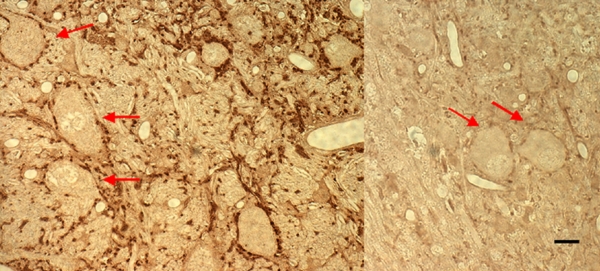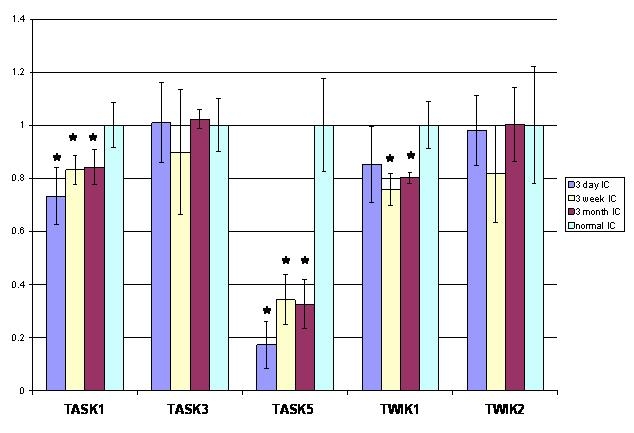Activity dependent plasticity allows the central auditory system to adjust, react and adapt to changes in inputs. When working properly, activity dependent plasticity provides enhanced processing and allows for “active listening,” a focus on salient input and suppression of other channels. However, extremes of activity, such as deafness and noise, can overwhelm the mechanisms of activity dependent plasticity and cause unwanted changes. These changes lead to tinnitus and central auditory processing disorders.
The Altschuler Laboratory studies the mechanisms of central auditory plasticity, the changes that occur following the extremes of deafness or noise and their correlation with tinnitus and central auditory processing disorders. We find that the changes resulting from either noise or deafness upset the delicate balance between excitation and inhibition. This can lead to regions of increased excitability that may be associated with tinnitus, as well as regions of decreased excitability.
The lab's studies focus on changes in excitatory synaptic strength (the excitatory transmitter glutamate and its receptors), changers in inhibitory synaptic strength (the inhibitory transmitters GABA and glycine and their receptors) as well as changes in the ion channels that regulation neuronal excitability, such as the 2-pore domain potassium channels. Examples of results are shown below and are also available in our manuscripts.
Gene Chips
Affymetrix Gene Chips were screened for multiple deafness-related changes in gene expression. Out of the total of 8,799 probe sets, 1,400 showed differential expression. View the data chart.
Deafness Causes Decreases in the Inhibitory Transmitter Glycine


Deafness Causes Changes in Receptors for the Excitatory Transmitter Glutamate

Deafness Causes Changes in Ion Channels


